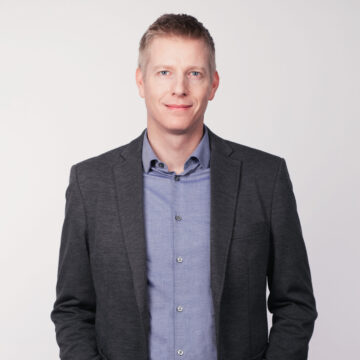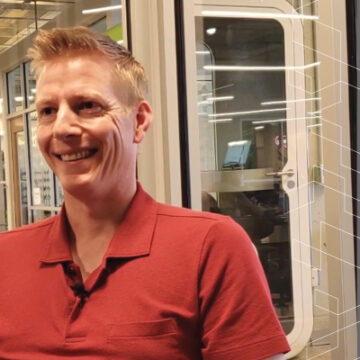BranchPattern Celebrates 5 Years in the Steel City
Posted under:
- Blog
In December of 2019, BranchPattern celebrated our fifth year with an office in the Steel City. We knew Pittsburgh would be a natural fit for our team’s new home due to the city’s long history of pioneering the sustainability movement. Since then, we’ve been honored to partner with many of the people and organizations that have contributed to the city’s well-earned reputation as a global leader in sustainable, high-performance buildings.
Here’s a look back at some of our favorite memories, and a couple previews of things to come:

Grand Opening for the Center of the 4th Industrial Revolution
Our team worked with Carnegie Mellon University to perform fundamental and enhanced commissioning for the new Advanced Robotics for Manufacturing (ARM) headquarters. ARM is dedicated to creating the ecosystem that will drive innovation in robotics. This unique building-inside-a-building project, located in a former steel mill, was a first for our team and very exciting to work on. Attending the opening celebration was very special. “What happens here will benefit all,” said Pittsburgh Mayor Bill Peduto.

Waldorf School Ground Breaking
BranchPattern is working with the Waldorf School of Pittsburgh and Bohlin Cywinski Jackson architects to design a small, but highly sustainable classroom addition. The project is pursuing “Core Green Building Certification,” a new program developed by the International Living Future Institute that outlines the 10 best practice achievements that a building must obtain to be considered a green or sustainable building. As a symbol of appreciation, Waldorf students presented members of the design team with a hand-painted rock and personal message of hope.
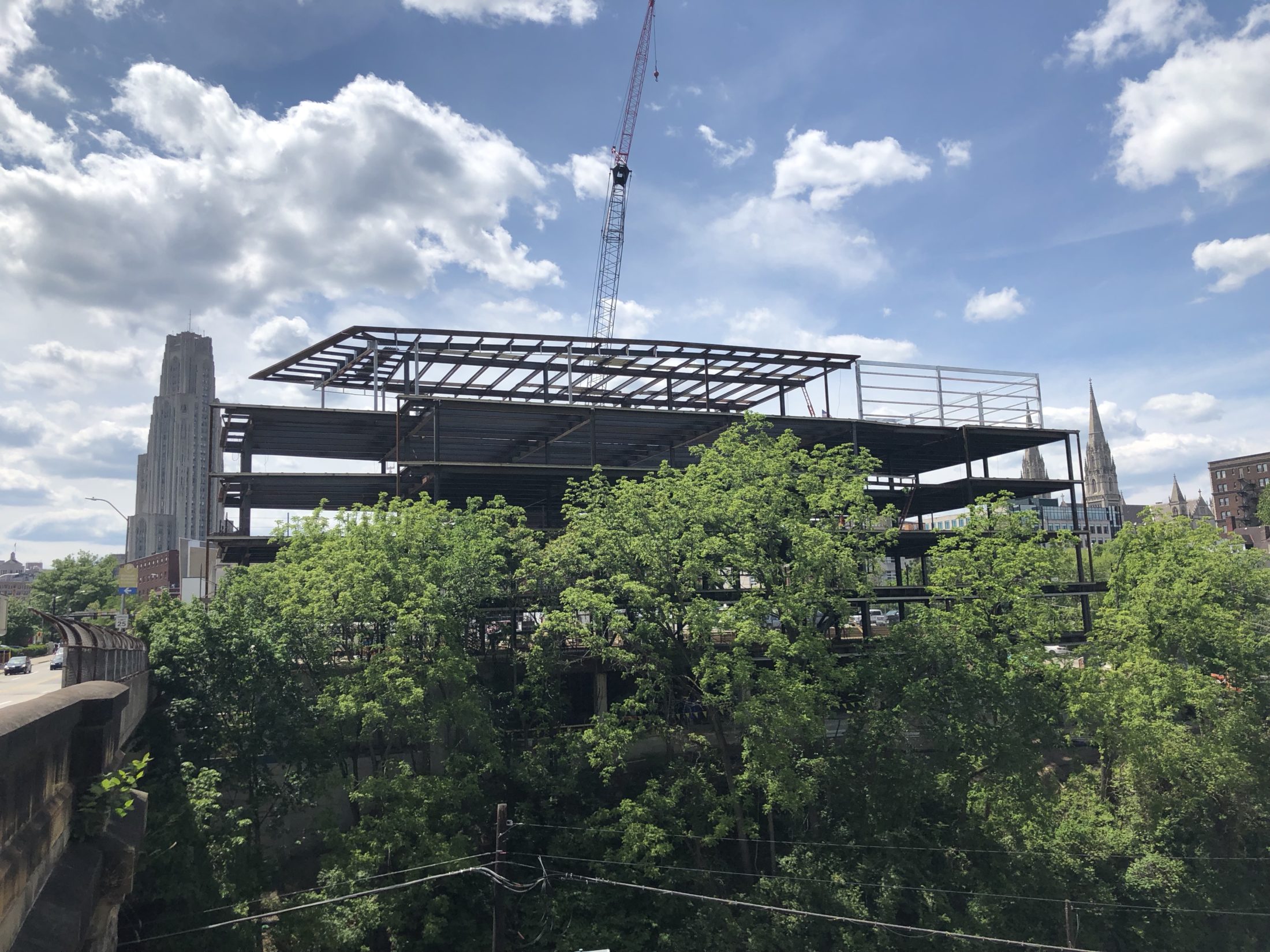
TCS North of Forbes Steel Flies
After several years of planning and development, the construction progress at TCS North of Forbes has been remarkable. Working with Carnegie Mellon University to provide both systems and building enclosure commissioning, our team put the building through its paces. Since the building was erected, we’ve been on-site dozens of times to check installations and perform testing of building components. As building science geeks, we had fun performing water spray testing, where our building enclosure team blasts water at selected assemblies to ensure that it is water-tight and will be durable.
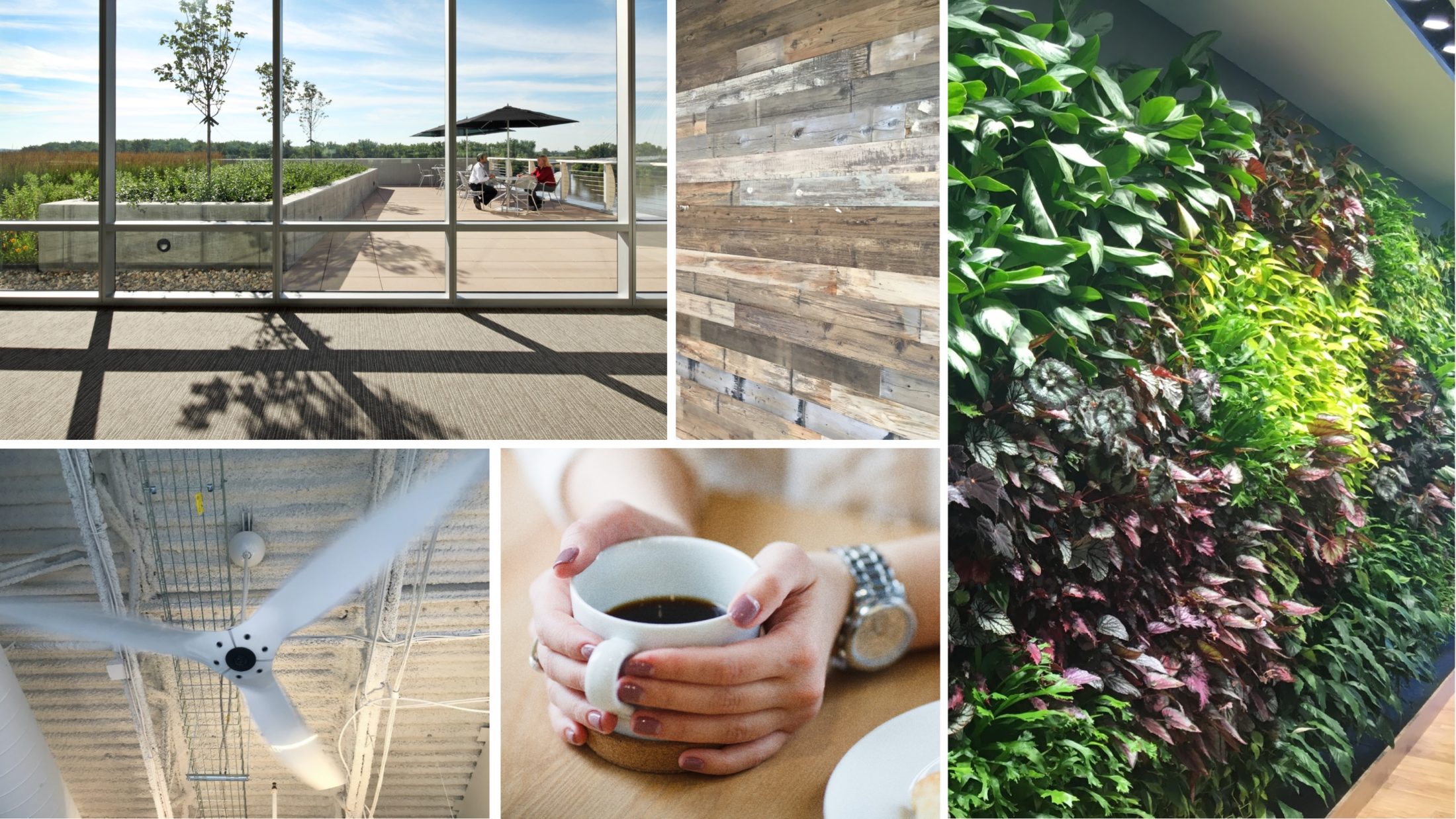
Presenting Google Bakery Square 2.0 at Greenbuild
As one of the true innovators in workplace design, we knew that working with Google to help them expand their workplace into the newly constructed Bakery Square 2.0 building would be challenging, but ultimately, rewarding. While there are numerous aspects of the project that we could pick from, our favorite moment was when our team took the stage with Google’s in-house sustainability champion, and Perkins Eastman’s lead design architect to share the story of how our team helped pilot Google’s new biophilic design framework. In front of a capacity room of some of the industry’s most innovative practitioners, our panelists helped accelerate an emerging trend in the design world that is bringing nature back into the building.
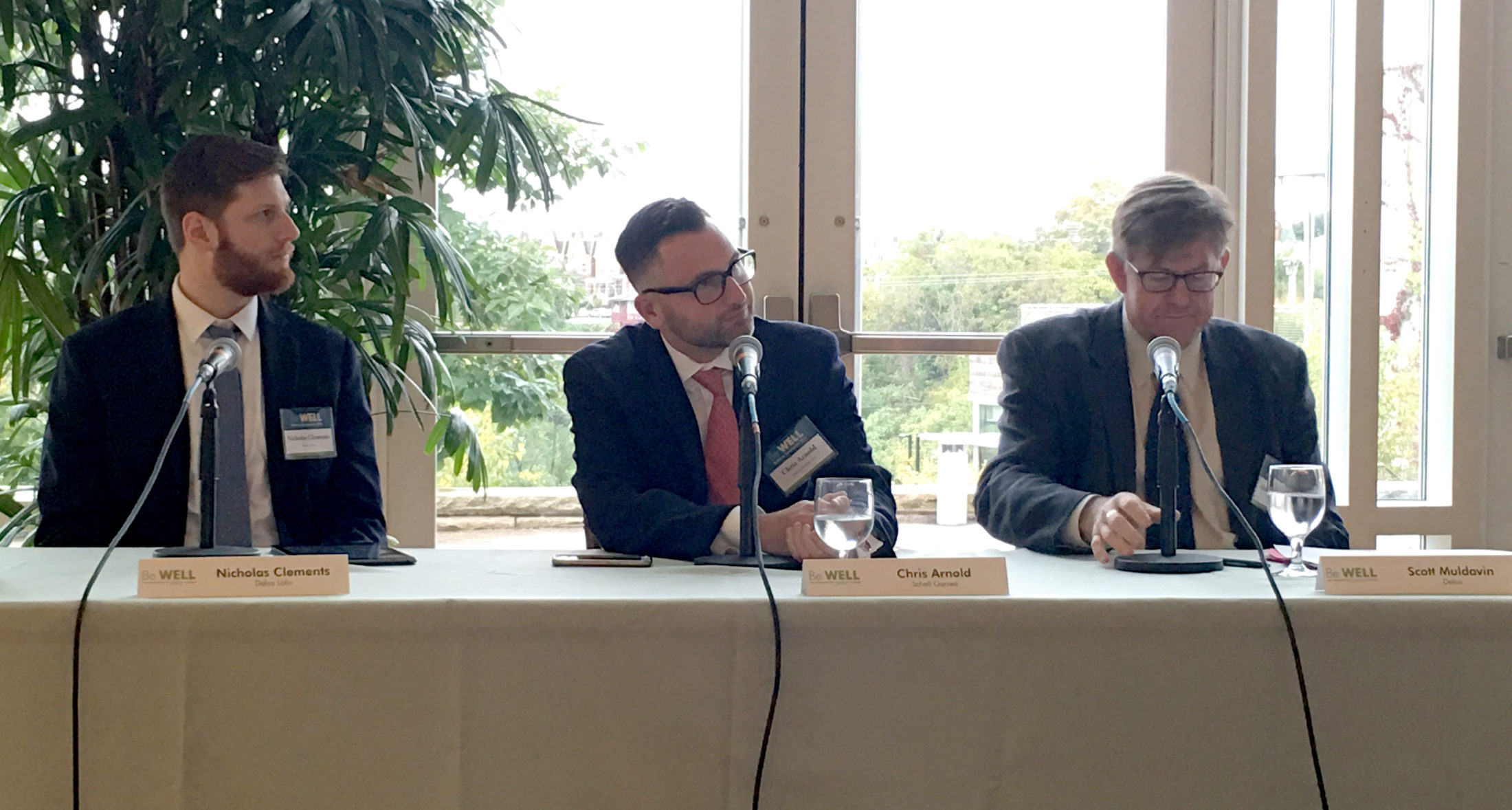
Hosting a WELL Building Symposium
Since its inception, BranchPattern has been on the ground floor of the WELL Building movement, championing the importance of designing for the occupant. Shortly after the WELL Building Standard officially launched, BranchPattern partnered with our friends at Perkins Eastman to introduce the standard to Pittsburgh through a curated symposium at the inspiring Phipps Conservatory and Botanical Gardens.
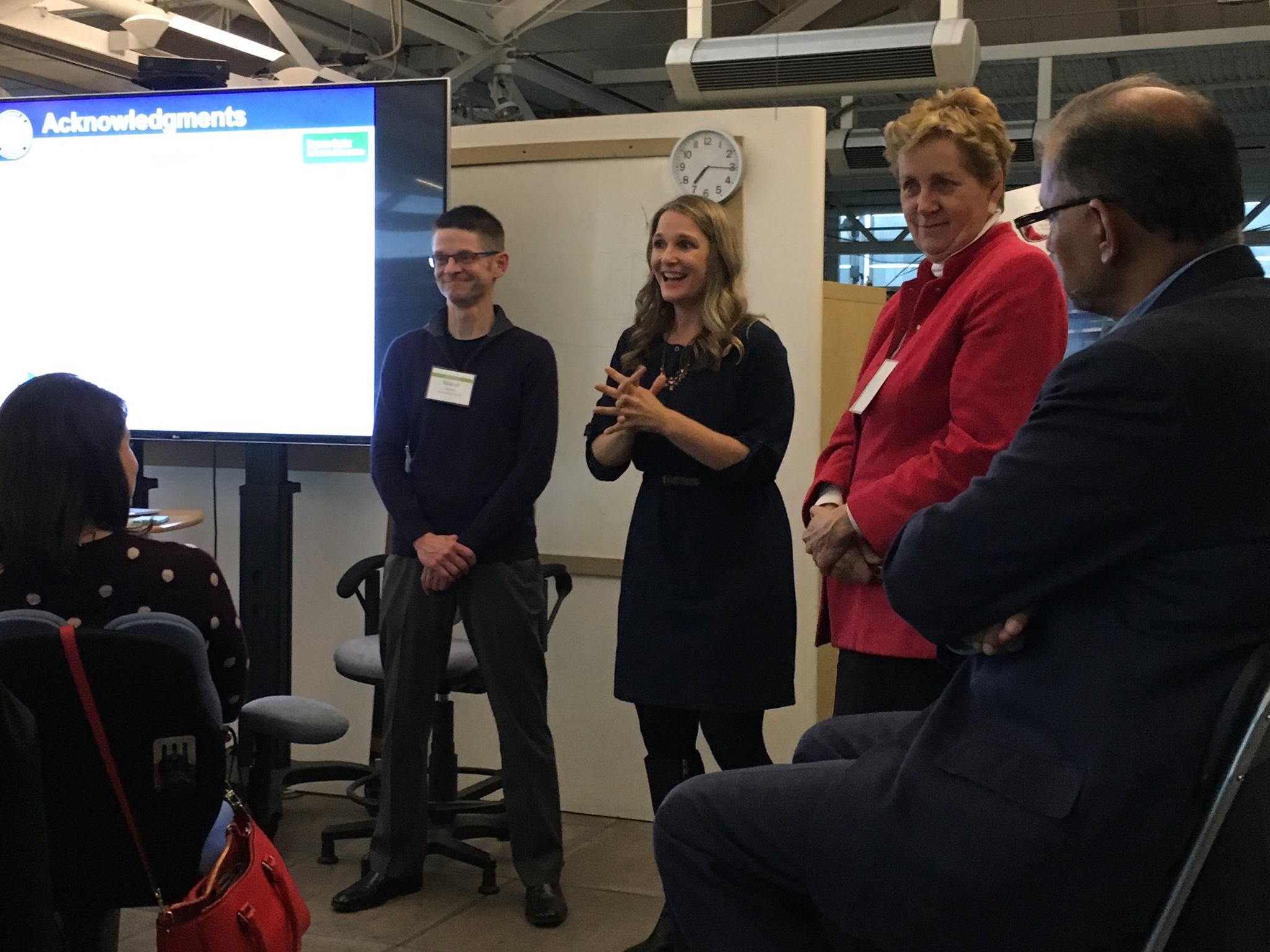
Marcel Harmon, PhD Presents with Sustainability Icon
As leader of BranchPattern’s R&D team, Marcel’s work involves conducting research and applying evidence-based practices to our projects. Co-presenting “Designing and Operating Office Buildings for Health & Productivity,” he was thrilled to join Vivian Loftness, a pioneer in occupant health and wellness research and long-time inspiration to himself and many others in our firm.
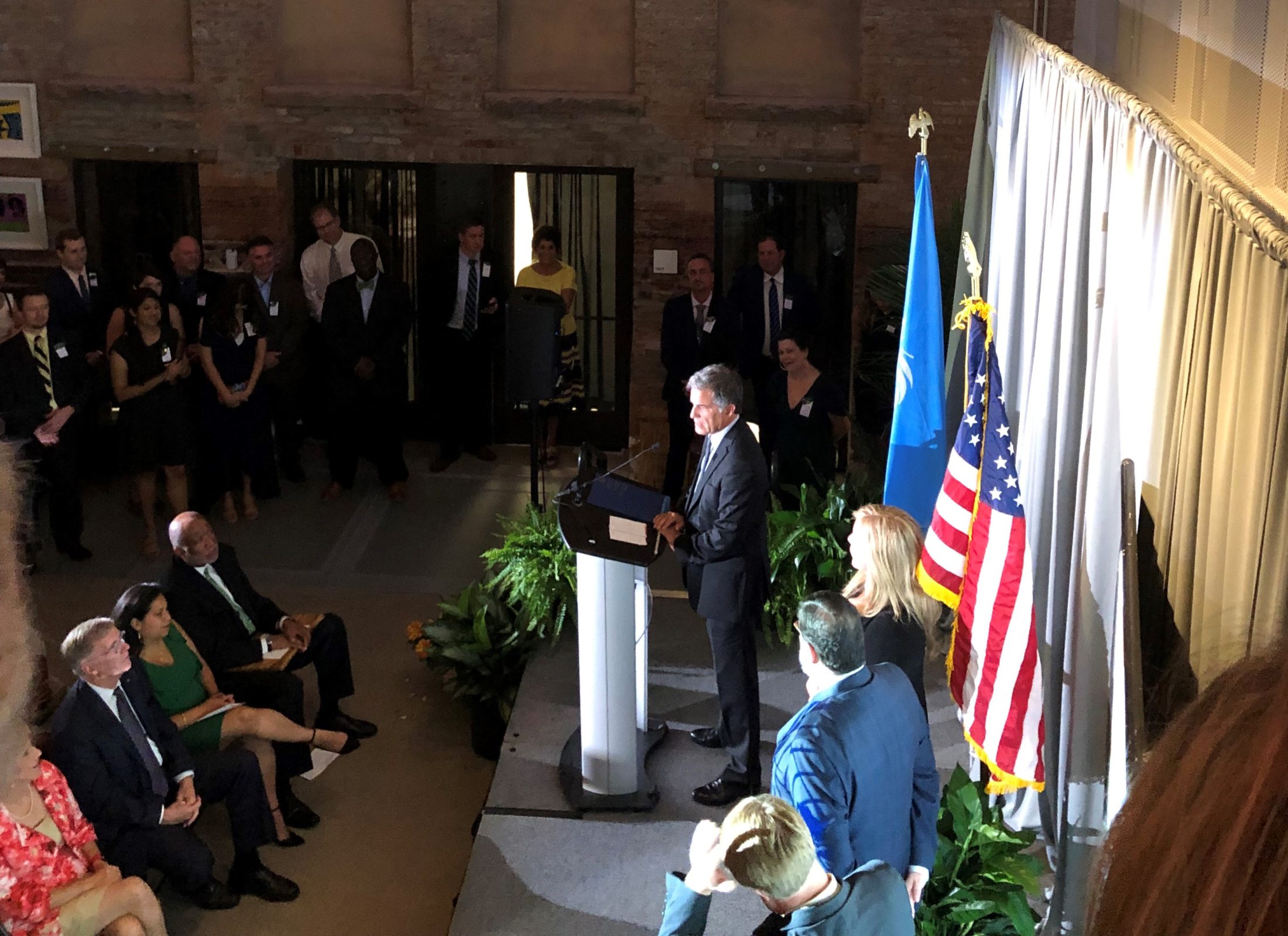
MuseumLab, the Backdrop for Signing a U.N. Agreement
MuseumLab is a special project to us. For over two years, BranchPattern helped the Children’s Museum of Pittsburgh transform a 130-year-old Carnegie Free Library into a model of sustainability with ambitious goals of achieving LEED Gold, WELL Silver, and the aggressive energy targets for the Pittsburgh 2030 District. We were ecstatic when it was selected in October of 2019, as the City of Pittsburgh’s designated venue to host the momentous signing agreement with the United Nations, making Pittsburgh one of only four “Centers for High-Performance Buildings” in the world.

Working with CCAC to Achieve Energy Goals
Through our work with the National Renewable Energy Lab in Golden, CO, under a “performance-based procurement” model to achieve Zero Net Energy buildings, BranchPattern connected with the Community College of Allegheny County (CCAC) when they sought to use the same project delivery method to achieve an energy-efficient Workforce Development & Training Center. Having worked with CCAC for several years, we are inspired by their leadership’s sincere efforts to reduce energy use across their entire portfolio of buildings and achieve Pittsburgh 2030 performance targets.

Adam Bertonaschi Among First Passive House Certified Trainers
In 2017, BranchPattern Associate, Adam Bertonaschi, returned from Vienna, Austria, having successfully become a Passive House Certified Trainer through the Passive House Institute. Thanks to the hard work and vision of our friends at the Green Building Alliance, Adam joined six other “Pittsburghers” to complete the training, making our city home to 7 of the 15 certified instructors in the world! With that knowledge, Adam has continued to educate others on the Passive House standard. That includes our own teams within BranchPattern, who now apply the standard to projects across the country.
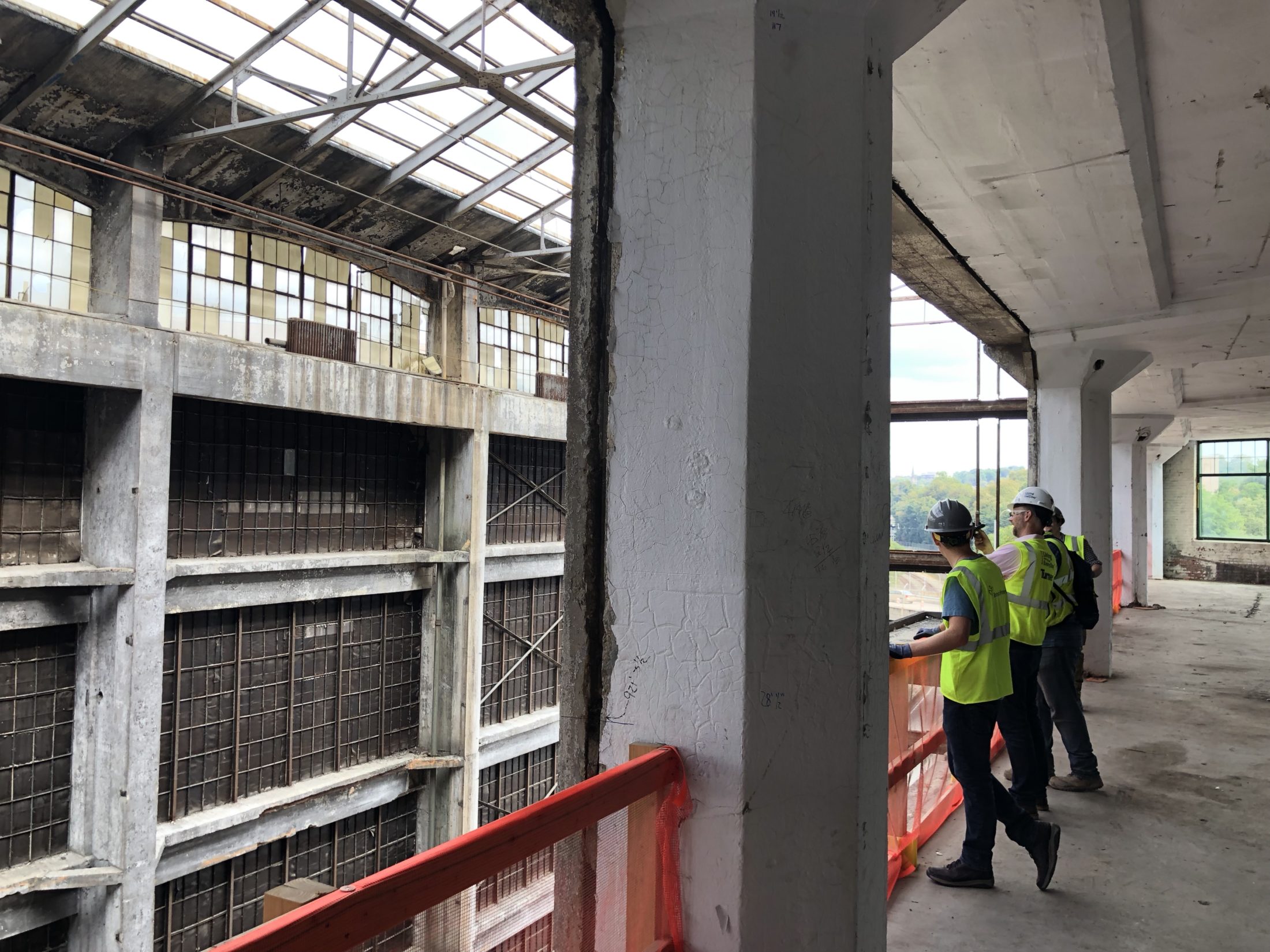
PITT Immune Transplant and Therapy Center Walk Through
Building science can be a combination of forensics and archaeology at times. When our team conducted our first walk through of the 1915 Ford Motor Company plant that was being adapted and repurposed for the University of Pittsburgh, we were fascinated by the remnants of the original plant. We saw cranes and hoistways that moved equipment used to build the Model T, and found furnace slag used to build up the original roof. Signs of Pittsburgh’s industrial past were everywhere. Over 100 years later, Pittsburgh is a very different city with a future driven by technology, education and medicine. We’re honored to be involved in another project that preserves an artifact of the industrial past, while re-purposing it for that exciting future.


